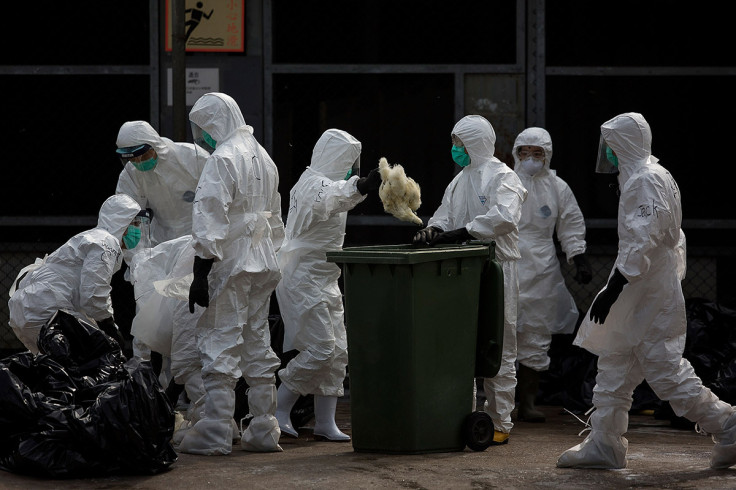High-Security Bio Labs: Fumbling With Deadly Anthrax, Bird Flu Germs?

The potential exposure of more than 80 lab workers at its Atlanta campus to live anthrax resulted from multiple failures by individual scientists, a lack of standard procedures for documenting and a lack of oversight, according to a report released by the US Centers for Disease Control and Prevention.
In what is seen as an even more potentially dangerous incident, officials at the CDC stumbled upon another major blunder involving the deadly bird flu virus. Workers at a separate high-security CDC influenza lab sent samples containing a dangerous strain of bird flu to counterparts at the US department of agriculture in March. Mishandling avian flu could have far graver consequences than anthrax does.
In the first case, researchers in the high-security bioterror lab sent samples of what they thought were inactivated bacteria of B. Anthracis to colleagues in a lower-security lab, with fewer protections.
The researchers were not aware of the most recent scientific literature on how to inactivate the bacteria. The procedure they used inactivates B. Anthracis cells after 10 minutes, but as they were dealing with spores, which are more resistant to chemical inactivation, a small percentage remained viable.
Scientists at the facility routinely study the bioterror agent, which is classified at "Biosafety Level 3," as it can cause fatal infections and is transmitted easily by inhalation.
Bacillus Anthracis occurs naturally in soil and can infect wild and domestic animals, which in turn can transmit the bacteria to humans. Once inside the body, anthrax produces toxins that can be fatal if left untreated.
The biggest threat of anthrax infection may come from bioterrorists. In 2001, spores were sent in the mail to political leaders and members of the media, and five of the 22 people who were exposed, including postal service workers, died.
At the influenza lab too, the CDC scientists believed they were shipping samples of a fairly benign form of influenza, but in reality the samples were mixed with the highly pathogenic H5N1 bird flu.
These incidents are raising broader questions about the safety of high-security germ labs.
Both the CDC bioterror lab that handled the anthrax bacteria and the agency's influenza lab are closed pending further study of what happened.
The CDC's flu lab has a sterling reputation, and "to me the fact that something like this could happen in such a superb laboratory is unsettling," said Dr Tom Frieden, director of the CDC. Frieden also said he was disturbed that he didn't learn about the incident until this week — even though the error came to light six weeks ago.
Frieden reviewed six lab errors over the years that stemmed from failures in CDC safety procedures. He said each time people fixed the smaller problem at hand, without realising that there was a deeper problem in the systems designed to reduce the risk of laboratory errors.
An epidemiologist at the Harvard School of Public Health, Marc Lipsitch, takes that concern one step further. "I don't think this is a CDC problem — I think the CDC is being open about what has happened in several instances there," Lipsitch says. "But their own prior research has shown that around the country in high-containment laboratories there are errors on almost a weekly basis."
© Copyright IBTimes 2025. All rights reserved.





















